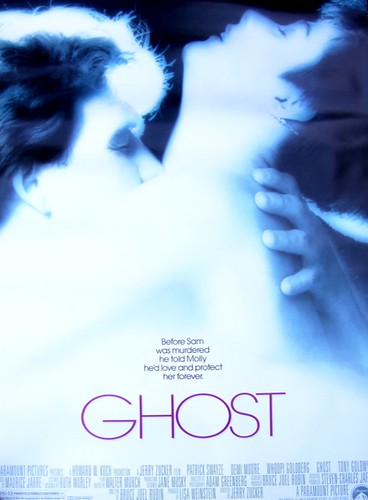
The world of cinematic music, a realm traditionally reserved for human ingenuity, passion, and years of dedicated training, is undergoing an extraordinary transformation. Artificial intelligence, once a distant concept relegated to science fiction, has now firmly established its presence within various creative industries, with the film sector standing at the forefront of this technological revolution. Studios and independent creators alike are increasingly turning to AI as an indispensable tool, not just for enhancing production efficiency, but for fundamentally reshaping the very soundscapes that define our favorite stories.
This isn’t merely about automating mundane tasks; it’s about unlocking new creative dimensions and making sophisticated, emotionally resonant scores accessible to a broader spectrum of filmmakers. The discussions around whether AI will eventually be able to make music have gained significant traction, moving from theoretical debates to tangible applications that are already influencing how we experience films. We’re witnessing a paradigm shift where machines are not just assisting but actively participating in the artistic process, co-creating the auditory magic that makes scenes unforgettable.
Join us as we embark on a fascinating journey into the heart of this AI revolution. This in-depth article will navigate through the intricate landscape of AI-driven sound design, spotlighting the innovative tools, groundbreaking technologies, and critical discussions that are defining the future of film music. Get ready to explore how AI is composing, adapting, and ultimately, enriching the cinematic experience in ways we could only have imagined just a few years ago.
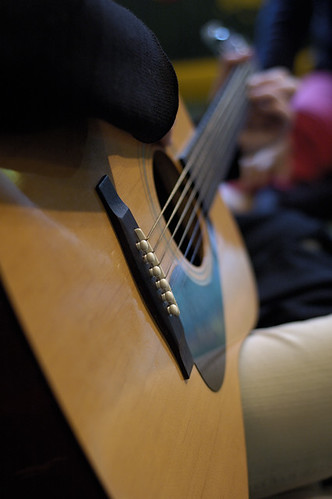
1. **The Emotional Engine: Understanding Cinematic Music and AI’s Narrative Role**
Cinematic music isn’t merely background noise; it’s the very emotional engine that propels every great story forward. Whether gracing the grand screen of a blockbuster, enhancing the immersive world of a video game, or setting the mood for a compelling trailer, this genre possesses a unique power to transform simple visuals into truly unforgettable moments. It’s about more than just a catchy melody; it’s about crafting an atmosphere that makes people feel something profound.
Unlike the predictable verse-chorus-bridge structure often found in pop songs, cinematic tracks are fundamentally story-driven. Their structure is all about pacing, mood, and supporting the narrative arc, often building through rich layers of sound rather than adhering to rigid formulas. Orchestral roots are paramount, with the genre frequently employing a rich tapestry of strings, brass, piano, and percussion to create immense emotional depth, establishing core themes and leitmotifs that can recur and evolve with characters or events.
Emotion truly comes first in cinematic music, utilizing tempo, key, and instrumentation to profoundly move the audience. Beyond raw emotion, cultural and historical layers can be woven in through ethnic instruments or period-specific sounds, deeply enhancing the world-building within a film. This versatile genre now enjoys cross-media use, finding its way into games, streaming content, advertisements, and even viral TikToks, demonstrating its adaptability. Modern twists frequently blend these traditional orchestral elements with synths or special effects, leading to innovative hybrid scores that define contemporary cinema, much like those heard in films such as “Inception” or “Blade Runner.”
2. **Musicful: Your Gateway to AI-Powered Soundtracks**
Not everyone possesses the time, the patience, or the technical expertise to master complex digital audio workstations like FL Studio, or to spend countless hours manually arranging tracks. For those aspiring to create epic cinematic music without enduring months of software mastery, a groundbreaking solution exists. Musicful emerges as an online AI cinematic music generator that dramatically simplifies the process, allowing users to create compelling scores in just a few clicks.
This platform boasts an intuitive design with no downloads, no steep learning curve, and no stress. Whether you require a full cinematic track for a pivotal scene or merely a dramatic instrumental background to elevate a moment, Musicful empowers you to generate music simply by entering a descriptive prompt or even your own lyrics. The AI then takes these inputs and composes music specifically tailored to match that desired mood, eliminating the need for complex DAWs.
Musicful’s key features highlight its revolutionary capabilities: it can create full songs in mere seconds, requiring only a prompt or lyrics. It supports a vast array of genres, from rap and R&B to techno and ballads, ensuring versatility. Users benefit from fast, high-quality output, capable of producing pro-level tracks in under a minute. Professional-quality downloads are available in MIDI, MP3, or WAV formats, offering flexibility for further editing or syncing. Furthermore, it provides track separation and a song extender, perfect for refining and remixing, and for those moments when inspiration strikes but lyrics don’t, the AI can even write prompts or lyrics for you.
Creating royalty-free cinematic music with Musicful can be done in two straightforward ways. Option 1, the Lyrics Mode for full control, involves picking a ‘Cinematic’ genre, then choosing a voice type (male/female), mood (e.g., dramatic, emotional), and key instruments (e.g., strings, piano, war drums). You then either write your own lyrics, or click ‘Write Lyrics For Me’ to let the AI generate powerful cinematic lines, finally naming your track and clicking ‘Generate.’ Option 2, the Description Mode for quick ideas, allows you to describe your cinematic music with a short prompt under 200 characters, such as “Dark epic trailer with pounding drums and swelling strings” or “Quiet piano theme for a farewell moment.” You can then optionally customize the output with MIDI, WAV, or MP3 downloads, or use ‘Extend’ to lengthen your track.

3. **Neural Networks and Generative Models: The AI Engine Behind the Magic**
At the very core of today’s sophisticated AI-powered soundtracks lies a complex web of advanced computing techniques, primarily centered around neural networks and generative models. These aren’t just clever algorithms; they represent a significant leap in machine learning, allowing AI to not only process information but to creatively generate entirely new content. The magic begins when these AI systems delve deep into extensive libraries of existing soundtracks, meticulously analyzing patterns, styles, and techniques embedded within countless compositions by renowned human composers.
Modern AI soundtracks heavily rely on generative adversarial networks (GANs) and diffusion models, which are trained on vast datasets encompassing classical, cinematic, and contemporary music genres. GANs, for instance, operate with two neural networks working in opposition: one generates musical content while the other evaluates its authenticity, progressively refining the output until it’s indistinguishable from human-composed pieces. Diffusion models, on the other hand, learn to generate data by reversing a process of noise addition, allowing for highly detailed and coherent musical structures.
Through this intensive training, these tools incorporate the stylistic fingerprints and technical nuances of master composers, effectively learning the ‘language’ of music. The ultimate goal is to create original compositions that are not only technically proficient but also emotionally resonant with audiences, capturing the subtle moods and narrative arcs required for cinematic storytelling. Beyond GANs and diffusion models, transformer models—similar to those employed in natural language processing—are adept at understanding musical structure and generating coherent, contextually appropriate sequences. Furthermore, reinforcement learning allows AI systems to refine their compositional skills by receiving feedback on their outputs, steadily improving their creative prowess.

4. **AIVA (Artificial Intelligence Virtual Artist): A Pioneer in Cinematic Composition**
Among the vanguard of AI composers, AIVA, or Artificial Intelligence Virtual Artist, stands out as a true pioneer. This innovative system has been instrumental in demonstrating the profound capabilities of AI in creating emotional and evocative soundtrack music across a diverse range of styles. AIVA’s power stems from its extensive training, having processed and learned from thousands of classical compositions, allowing it to grasp the intricate rules and emotional palettes of traditional music theory.
Filmmakers engaging with AIVA gain a remarkable degree of control, even without direct compositional expertise. They can specify crucial parameters such as tempo, instrumentation, and, most importantly, the desired emotional quality of the music. This guided approach enables the AI to generate original pieces that are precisely tailored to match specific moods or narrative requirements of a scene, ensuring the music complements the visual storytelling with precision and emotional depth.
AIVA’s versatility has led to its adoption in a variety of commercial contexts, including advertising campaigns, video game scores, and a growing number of independent film productions. The context reveals that tools like AIVA are designed to analyze emotional cues within scenes, suggesting melodies that perfectly fit the on-screen action. Notably, AIVA was utilized for portions of the soundtrack in the 2022 sci-fi thriller “Monolith,” showcasing a hybrid approach where AI-generated compositions were seamlessly combined with human arrangement and production, further underscoring its role as a powerful collaborative tool within the creative process.
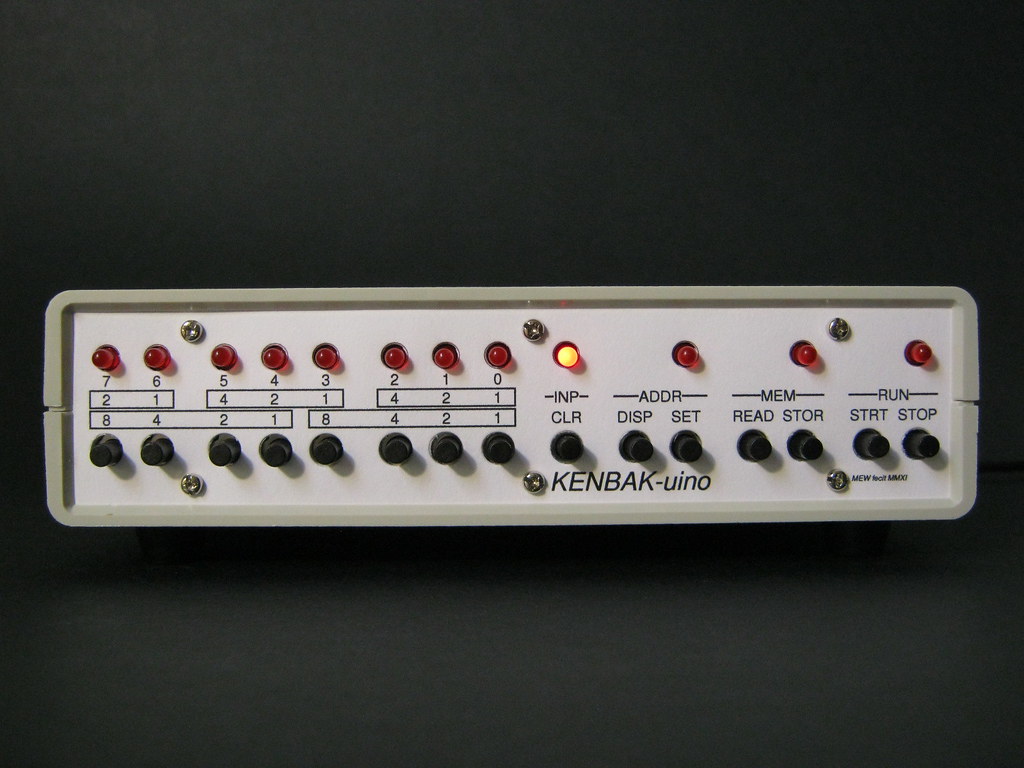
5. **Amper Music: Crafting Production-Ready Tracks for Content Creators**
Emerging as another significant player in the field of AI music composition, Amper Music (now a part of Shutterstock) developed a platform specifically engineered with content creators in mind. This strategic focus made Amper particularly appealing to independent filmmakers, advertisers, and digital artists who frequently operate within tight budgets and deadlines, yet still require high-quality musical accompaniments for their projects.
What truly distinguished Amper Music was its user-centric approach to composition. The system empowered users to generate custom music by simply selecting their preferred genre, defining the mood, specifying the desired length, and choosing the instrumentation. This intuitive interface demystified the compositional process, allowing creators without formal musical training to produce bespoke soundtracks that perfectly matched their visual content.
Perhaps Amper’s most compelling advantage was its unwavering focus on creating production-ready tracks. These weren’t merely musical sketches; they were polished, high-fidelity compositions that could be immediately implemented into film projects, video advertisements, or any other multimedia content. This capability proved invaluable for independent filmmakers and content creators operating with limited resources, providing them with a cost-effective and time-efficient solution for professional-grade film music.
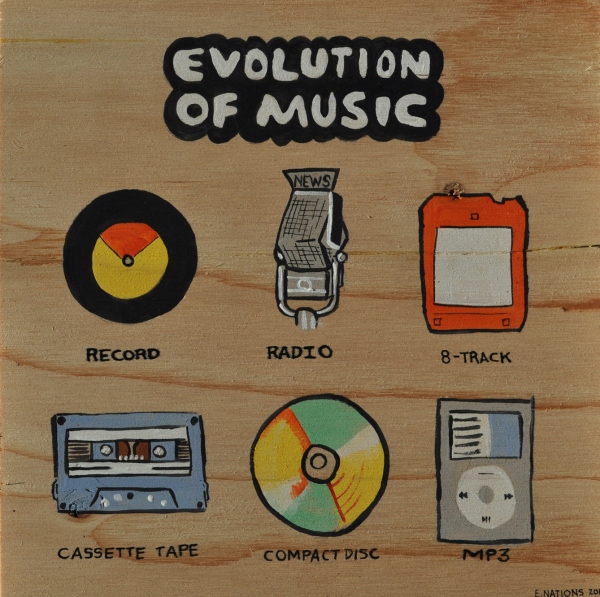
6. **LANDR’s Evolution: From Mastering to AI-Assisted Music Creation**
While LANDR initially garnered widespread recognition for its groundbreaking automated mastering services, which democratized professional audio production for countless musicians, the platform has impressively expanded its horizons into the realm of AI-assisted music creation. This evolution signals a broader trend in the industry, where established technology providers are leveraging their AI expertise to offer more comprehensive creative solutions for audio production.
LANDR’s foray into composition offers tools that are specifically designed to assist filmmakers and composers in the crucial initial stages of creative ideation. Rather than generating full, complex scores from scratch, its AI focuses on helping users generate compelling musical ideas and then develop those concepts into more fully realized compositions. This makes it an excellent collaborative partner, sparking inspiration and accelerating the early creative workflow.
One of LANDR’s enduring strengths, which it carries into its AI-assisted creation tools, is its steadfast commitment to providing professional-quality sound production. This means that any musical ideas or developments generated through its platform benefit from a high standard of audio fidelity. For creators who not only need musical inspiration but also require polished, high-quality audio output for their film projects, LANDR offers a valuable and efficient solution.

7. **Ecrett Music: Simplifying Soundtrack Creation for Every Filmmaker**
Ecrett Music stands out in the burgeoning field of AI composition for its dedicated focus on creating accessible soundtrack music specifically tailored for videos and films. The platform is built around an intuitive AI composition engine that allows users, regardless of their musical background, to generate appropriate and effective scores with remarkable ease. This emphasis on user-friendliness makes Ecrett Music a significant tool for filmmakers seeking direct control over their project’s audio.
One of the primary benefits of Ecrett Music is its straightforward approach to customization. Users can easily specify the precise length of music they require, define the desired mood or emotional tone for a scene, and even adjust the intensity of the composition. With these parameters set, the AI system efficiently generates compositions that align perfectly with the user’s vision, saving invaluable time and effort in the post-production process.
The platform’s design makes it particularly valuable for those without extensive musical training, democratizing the act of scoring a film. Filmmakers who previously might have struggled with complex musical theory or expensive composer fees can now take charge of their soundtracks, creating bespoke musical accompaniments that enhance their visual storytelling. Ecrett Music embodies the promise of AI to make professional-quality film music creation truly accessible to a broad audience of content creators.” , “_words_section1”: “1940
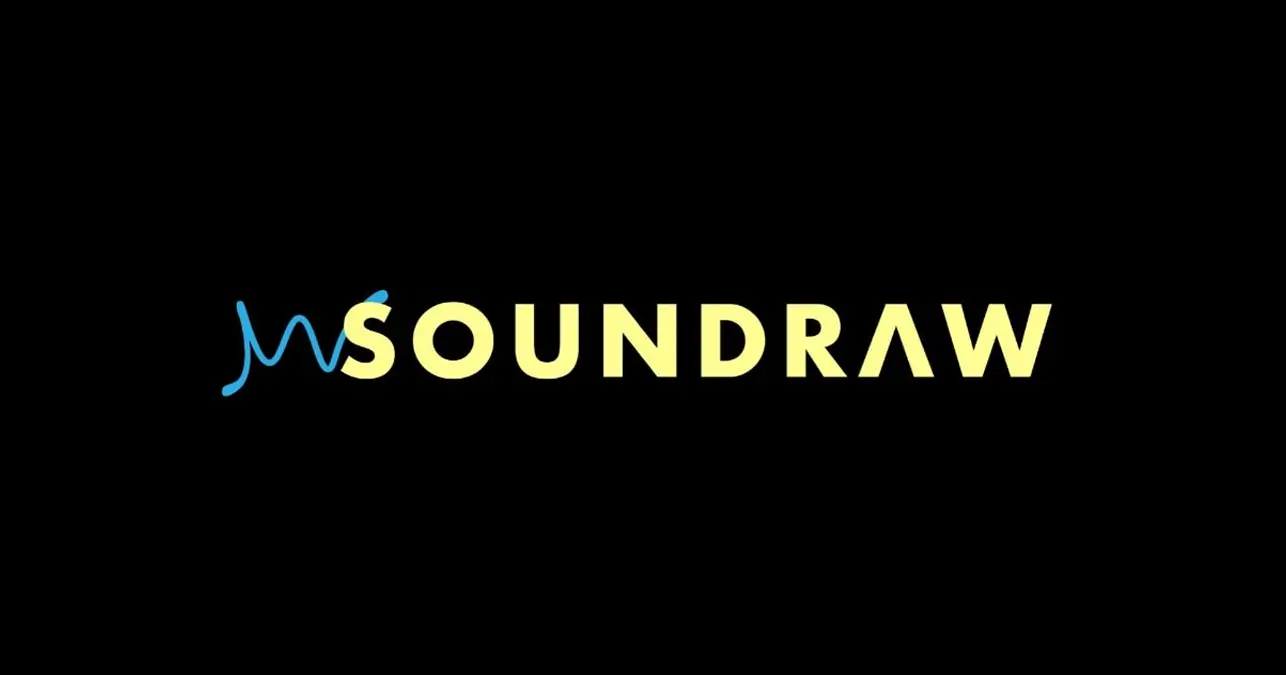
8. **Soundraw: Precision Timing for Content Creators**
In the rapidly evolving landscape of AI music generation, Soundraw has carved out a distinct niche, offering a powerful yet user-friendly platform specifically tailored for content creators. Its design empowers filmmakers, YouTubers, and digital artists to generate bespoke musical accompaniments that perfectly match their visual narratives. This accessibility is a game-changer for independent creators operating with resource constraints.
Soundraw distinguishes itself through its robust customization features. Users can effortlessly fine-tune various aspects of their compositions, from defining the genre and mood to setting the precise tempo and instrumentation. This granular control ensures that the generated music aligns seamlessly with the desired aesthetic and emotional arc of any given scene, enhancing the overall storytelling without requiring deep musical knowledge.
Perhaps Soundraw’s most compelling advantage for filmmakers is its exceptional ability to generate music that precisely fits the duration of specific scenes. This eliminates the often-tedious process of editing or stretching tracks to match video lengths, providing a streamlined and efficient workflow. For creators on tight deadlines, this feature alone can be invaluable, ensuring professional-quality synchronization with minimal effort.

9. **”IAMAI”: The First Fully AI-Scored Feature Film**
A pivotal moment in the history of AI music composition arrived in 2020 with the release of “IAMAI,” which made cinematic history as the first feature film to boast a completely AI-generated score. This science fiction film, aptly centered around artificial intelligence, provided a groundbreaking canvas for showcasing the full potential and inherent challenges of machine-composed music in a feature-length context. It truly pushed the boundaries of what was thought possible.
The ambitious soundtrack was the result of a unique collaboration between human composer Alexis Kirke and an advanced AI system. Together, they meticulously crafted a score that was not merely functional but aimed to evoke emotional resonance and enhance the film’s narrative depth. This pioneering project served as a crucial demonstration, illuminating both the impressive capabilities of AI in sustained compositional effort and the areas where human oversight remained vital.
“IAMAI” thus stands as a landmark achievement, a testament to the fact that AI can indeed undertake a comprehensive scoring task for a full-length motion picture. It opened critical dialogues within the industry about the role of technology in creative endeavors, forever changing perceptions of what a “composer” might entail in the digital age. This film unequivocally cemented AI’s emerging legitimacy in the realm of cinematic music.

10. **”Monolith” and AIVA: A Collaborative Blueprint**
The 2022 sci-fi thriller “Monolith” provided another compelling case study for the integration of artificial intelligence into film scoring, specifically leveraging the capabilities of AIVA, the Artificial Intelligence Virtual Artist. This project offered a nuanced perspective on how AI can function not as a replacement, but as a powerful collaborative partner within a human-driven creative process. It showcased a harmonious blend of technological innovation and artistic direction.
For portions of “Monolith’s” soundtrack, AIVA generated initial compositions, demonstrating its prowess in creating evocative and mood-appropriate musical segments based on specified parameters. These AI-generated pieces were then seamlessly integrated and further refined through human arrangement and production. This hybrid approach highlighted a pragmatic pathway for filmmakers, offering efficiency without sacrificing the intricate emotional depth often required for complex narratives.
The “Monolith” soundtrack exemplifies a burgeoning trend where AI acts as a sophisticated tool for ideation and initial drafting, providing a rich foundation upon which human composers and producers can build. This synergistic model allows filmmakers to tap into AI’s speed and versatility while ensuring the final score retains the nuanced artistic vision and emotional intelligence that only human expertise can truly imbue. It points towards a future where AI amplifies, rather than diminishes, human creativity.
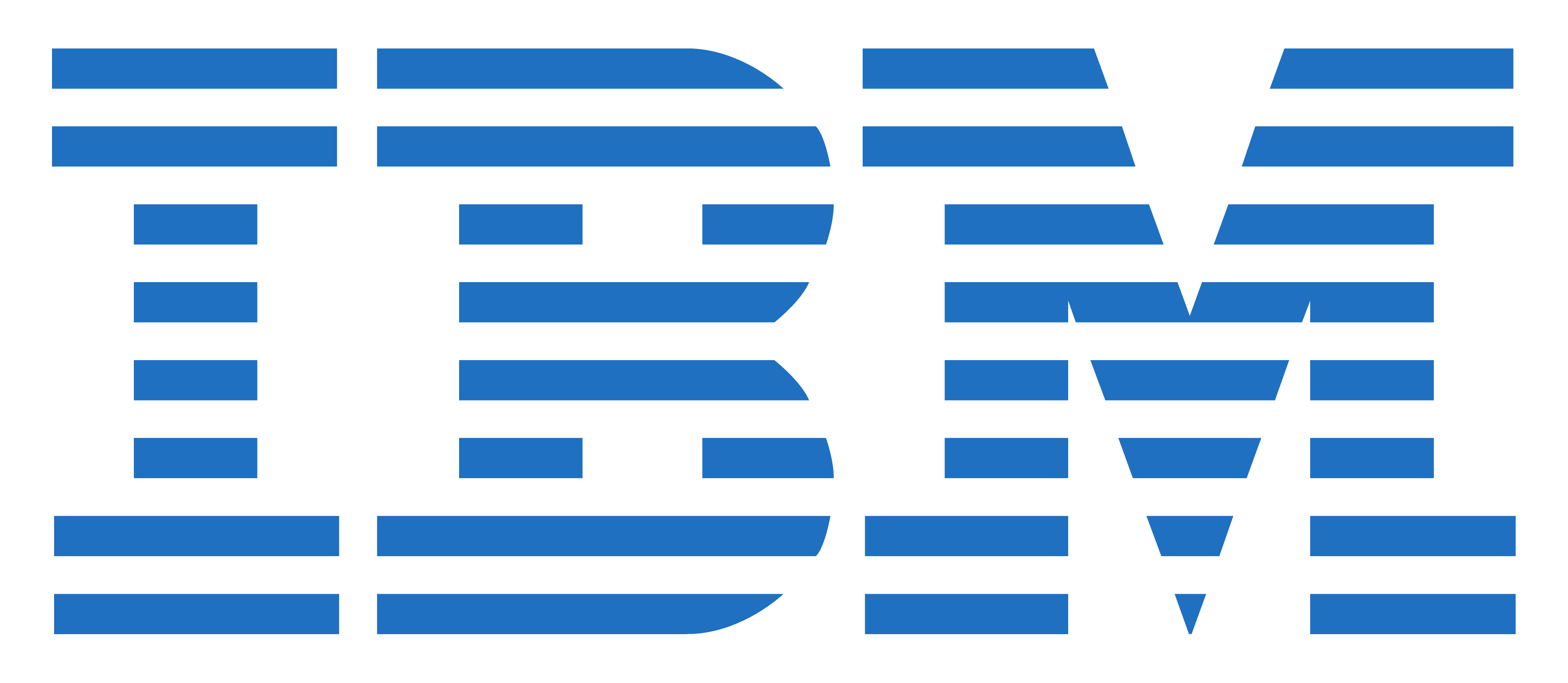
11. **IBM Watson and “Morgan”: AI in Creative Decision-Making**
While many discussions around AI in film music focus on direct composition, IBM’s Watson offered a different, equally revolutionary application in the 2016 horror film “Morgan.” This project demonstrated AI’s capacity to assist not just in generating music, but in the critical creative decision-making process that underpins effective film scoring. It broadened the understanding of AI’s potential influence in the creative arts.
For “Morgan,” IBM’s Watson AI was tasked with an intriguing challenge: it analyzed hundreds of horror movie trailers to meticulously dissect what elements constitute an effective horror soundtrack. Through this extensive learning process, Watson developed an understanding of the patterns, emotional cues, and sound design techniques that contribute to suspense and fright. This was a deep dive into the psychological impact of music in cinema.
Crucially, Watson then applied this learned knowledge to “Morgan,” suggesting appropriate musical moments for selected scenes. It provided insights into where music should be placed, what mood it should convey, and how it could intensify the on-screen action. While it didn’t compose the music itself, Watson’s role underscored AI’s powerful potential as an analytical and advisory tool, enriching the creative process by offering data-driven perspectives to filmmakers and composers.
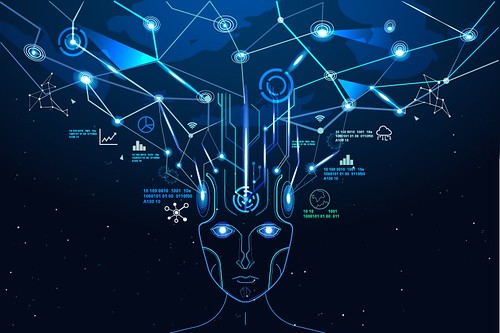
12. **Dynamic Music Adaptation: AI’s Real-Time Prowess**
One of the most exciting and transformative capabilities emerging from advanced AI in film music is dynamic music adaptation. Unlike traditional, static tracks that are fixed in their structure and progression, AI-generated music can now respond and evolve in real-time, creating a living, breathing soundtrack that mirrors the ebb and flow of on-screen action. This innovation promises an unprecedented level of immersion for audiences.
This real-time responsiveness is powered by sophisticated techniques like conditional latent space manipulation. These allow the AI to instantaneously adjust crucial musical parameters such as tempo shifts, key changes, and instrumentation. Imagine a chase scene escalating in intensity; the AI soundtrack could seamlessly transition from a tense, percussive underscore to a soaring, orchestral crescendo, all in perfect sync with the unfolding visuals.
The value of dynamic music adaptation for filmmakers is immense. It enables scores that are not only perfectly synchronized but also intelligently reactive, enhancing narrative tension, emotional impact, and overall viewer engagement without requiring extensive manual editing. Platforms like Reelmind.ai are actively leveraging these breakthroughs, paving the way for truly interactive and deeply immersive cinematic experiences where the music feels as alive as the story itself.
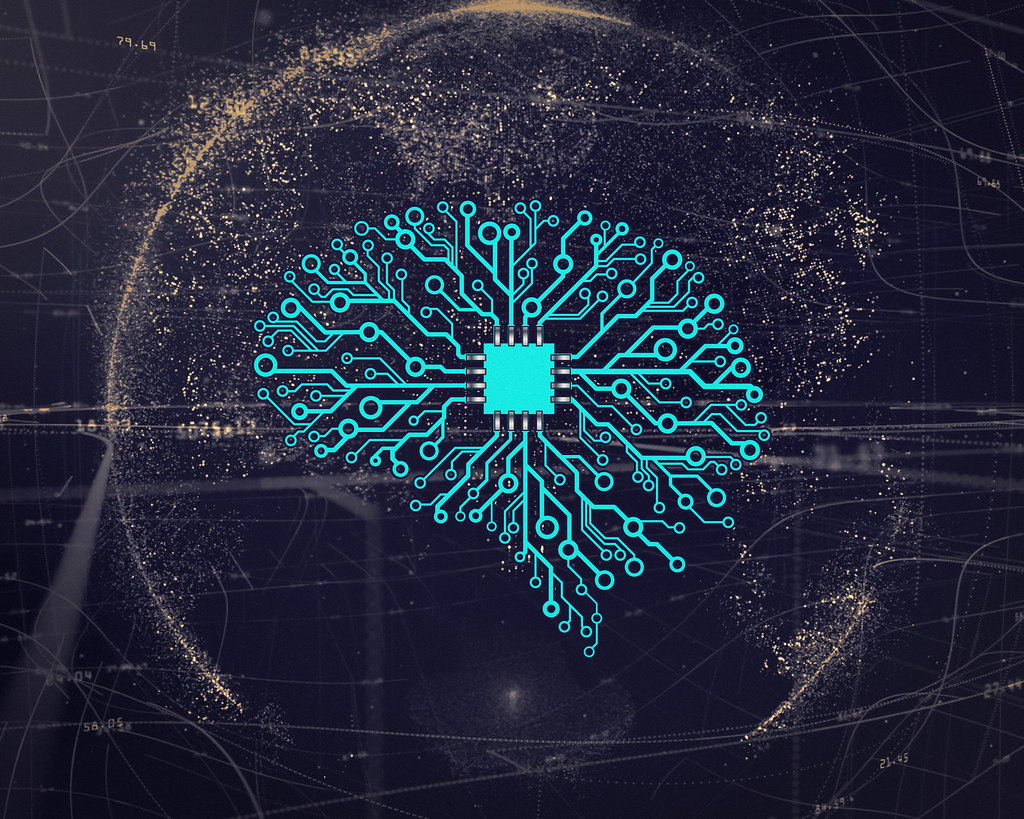
13. **Lyrics and Vocal Synthesis: Beyond Instrumentals**
The evolution of AI in music composition has extended far beyond instrumental scores, venturing confidently into the intricate world of lyrics and vocal synthesis. This remarkable advancement means that artificial intelligence can now generate not just background music, but entire songs, complete with convincing and often emotionally resonant vocal tracks. It marks a significant leap in AI’s creative reach.
Leading the charge are advanced tools such as Vocaloid and Synthesizer V, which are capable of producing highly realistic and expressive vocal performances. These technologies allow creators to generate sung lyrics in a multitude of styles and languages, opening up vast new avenues for artistic expression in film and multimedia projects. The nuance and authenticity these systems can achieve are continually improving, blurring the lines between synthetic and human voices.
Further expanding these horizons, OpenAI’s JukeBox stands as a prominent example of AI’s capability to generate entire songs, including both music and lyrics. While the outputs may still require significant editing to achieve a polished, production-ready quality, the technology undeniably signals a profound shift in music production methods. This capability is particularly relevant for platforms like Reelmind, which integrate these tools to allow users to generate vocals in multiple languages or even clone voices (with consent) for specific branded content, effectively democratizing video song creation.

14. **The Ethical Frontier: Copyright, Ownership, and the Human Element**
As AI’s role in film music composition continues its rapid ascent, it brings with it a complex tapestry of ethical implications and legal challenges that demand urgent attention. Core questions of ownership, copyright, and the very nature of the creative process have become increasingly intricate and contentious. The industry finds itself at a pivotal crossroads, navigating unprecedented territory.
One of the most pressing concerns revolves around copyright. If an AI program generates a musical piece, drawing upon vast datasets of existing human-composed works, who truly owns that new creation? Is it the artist who provided the initial prompt, the programmer who developed the AI, or the AI itself? Stakeholders are actively advocating for new legislation to define copyright laws specifically for AI-generated works, with petitions in the U.S. Congress emphasizing the need for a balanced approach to protect both human ingenuity and AI innovation.
Further debates center on the originality versus derivativeness of AI music. Critics often argue that AI, by its very nature, might mimic existing artists too closely, raising questions about true creative independence. Coupled with this is the concern about artist displacement, with human composers fearing job erosion as AI tools become more sophisticated and accessible, particularly for lower-budget productions.
Moreover, the issue of bias in training data is critical. AI models are only as unbiased as the data they learn from; if trained predominantly on Western musical structures, they may inadvertently perpetuate specific styles and marginalize diverse global traditions. Addressing these challenges requires thoughtful regulation, transparent development practices, and a commitment to fostering unique, ethical creative ecosystems that value diversity and originality.
Read more about: The Uncanny Valley Unveiled: 9 Actors So Convincing You Forgot They Weren’t Their Character

15. **The Hybrid Horizon: Collaboration as the Future of Film Scoring**
The overarching consensus emerging from the film music industry isn’t one of human composers being replaced by AI, but rather a visionary outlook of collaboration—a hybrid approach that promises to redefine the landscape of cinematic sound. This paradigm recognizes the unique strengths of both artificial intelligence and human creativity, seeking to forge a powerful synergy that pushes artistic boundaries. It’s about augmentation, not abolition.
In this collaborative model, AI systems can serve as invaluable creative partners. They might generate initial thematic ideas, craft background underscoring, or produce numerous variations of a motif, providing a rich palette for human composers to work with. Human composers, in turn, can then develop these concepts, infuse them with intricate emotional intelligence, orchestrate complex arrangements, and ensure the music perfectly aligns with the subtle narrative nuances that only a human can truly grasp.
This evolving dynamic also impacts professional composers, potentially creating new roles, such as “AI music supervisors” who guide and refine AI-generated content. While AI may handle some lower-budget or library music tasks, the demand for human composers for major productions, where nuanced emotional depth and artistic vision are paramount, remains strong. The industry is transforming, with composers adapting their skills to incorporate these new technologies as powerful extensions of their creative toolkit.
Looking ahead, the future landscape of AI in film music points towards increased sophistication, greater interactivity, and even personalized viewing experiences where scores adapt in real-time to audience preferences. As regulatory frameworks evolve to address copyright and attribution, the most successful filmmakers and composers will be those who thoughtfully navigate these changes. They will embrace AI as a collaborative force, maintaining an unwavering focus on profound storytelling and emotional connection, ultimately leading to unparalleled artistic expressions and unique auditory experiences in cinema.
The journey through AI-composed movie soundtracks reveals a fascinating blend of technological prowess and artistic innovation. From pioneering tools like Musicful, AIVA, and Soundraw to groundbreaking films like “IAMAI” and “Monolith,” AI is not just assisting in film scoring; it’s actively reshaping its very fabric. While challenges around ethics and ownership persist, the trajectory is clear: AI is empowering filmmakers with unprecedented speed, versatility, and accessibility, enabling them to craft emotionally resonant soundscapes faster and more affordably than ever before. This isn’t just a fleeting trend; it’s a permanent shift, inviting us to imagine a future where the synergy between human creativity and artificial intelligence unlocks a boundless universe of sonic storytelling, enriching our cinematic experiences in ways we’ve only just begun to explore.



